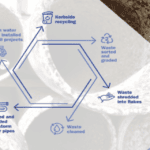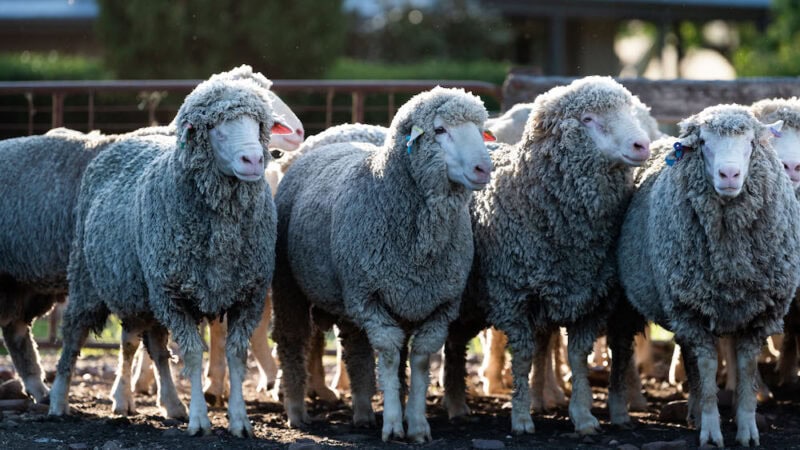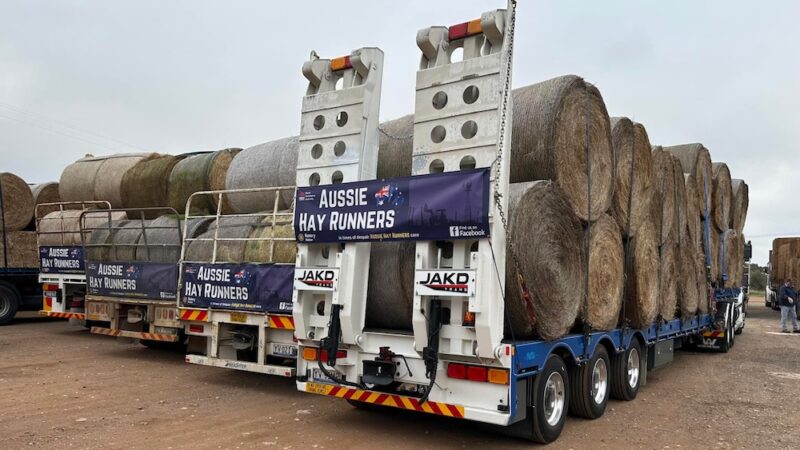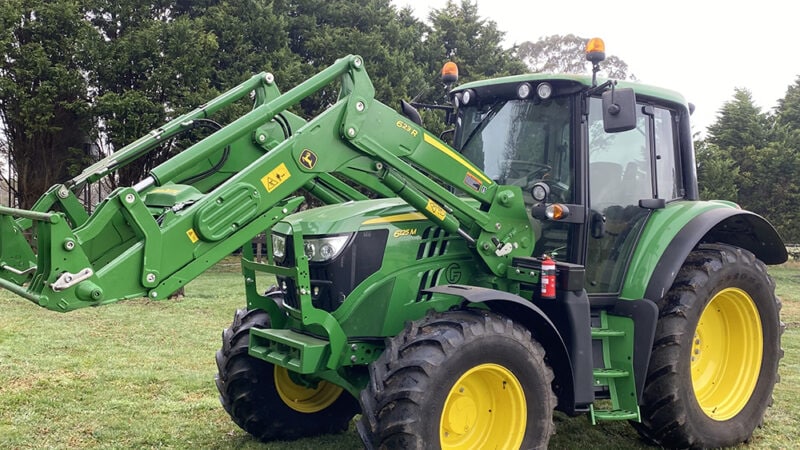Early this year, when COVID-19 panic buying stripped supermarket shelves of staples like pasta and…
Storing more rain: harvestable rights
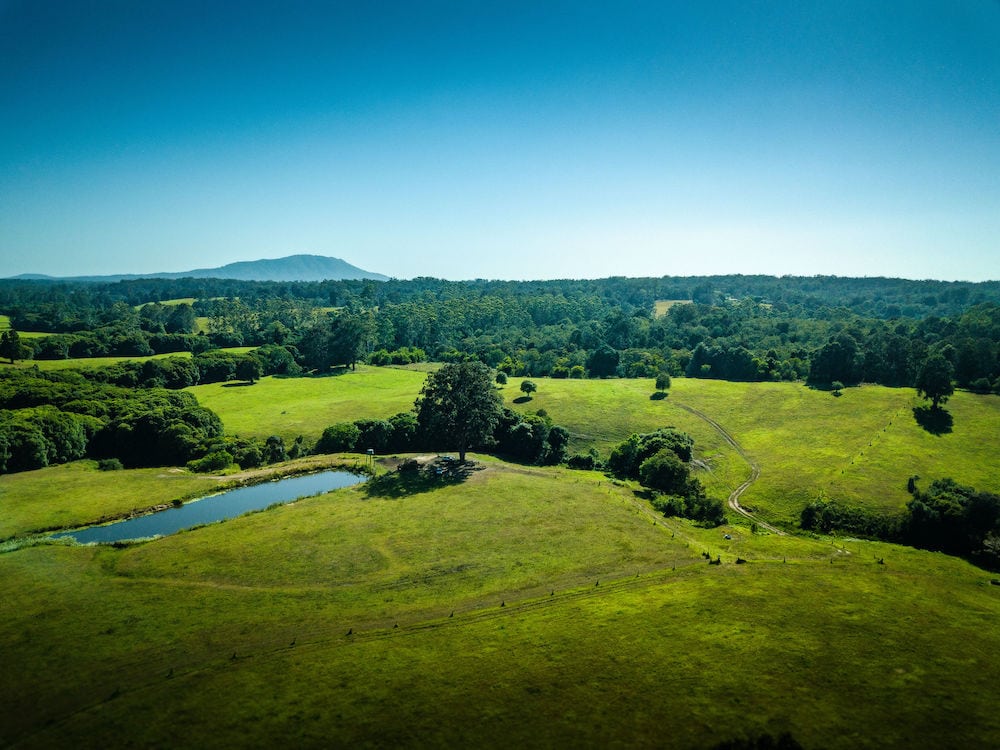
Farmers east of the Great Divide have their first real whisper of possible change to a 20 year-old ruling that has restricted the retention of rain falling on to their properties.
Like many of their counterparts west of the Great Divide, farmers on the coast have a harvestable right that allows them to collect 10 per cent of the average annual rainfall run-off from their property in farm dams without the need for a water access licence, water supply work approval or water use approval.
The ability to construct a dam on a property to capture harvestable rights was introduced under the NSW Farm Dams Policy in 1999, which changed the rules for unlicensed farm dams. The previous rules permitted an unlimited number of farm dams on a property, provided the dam capacity was less than seven megalitres and use was restricted to domestic and stock purposes.
On paper, a 10 per cent harvestable right seems fair for sharing the storage of rainfall on farms. However, landholders in coastal catchments strongly believe there should be a larger harvestable rights limit in coastal regions due to higher rainfall patterns
and vastly different topography to farms west of the Dividing Range, where the 10 per cent rights measurement originated.
Following multiple requests from NSW Farmers, The Department of Planning, Industry and Environment-Water (DPIE) is undertaking a review of harvestable rights for all coastal draining catchments.

The review is exploring the potential benefits and impacts of increasing the harvestable rights percentage, as well as allowing harvestable rights dams on third order streams.
John Ainsworth, a retired Macksville farmer and member of the NSW Farmers Water Taskforce, says it�s about time. �It�s taken some 20 years to have the first substantial review of coastal harvestable rights. And this would not have happened at all if NSW Farmers had not stepped in,� John says.
�The Nambucca River and Macleay Valley Branches actively lobbied on this for years and secured a NSW Farmers policy that sought to increase it to 30 per cent in coastal catchments.�
This policy won favour with the NSW Farmers Dairy Committee, who set the wheels in motion for NSW Farmers to seek a 40 per cent coastal harvestable right in the review process.
�I understand the need for a 10 per cent harvestable right on regulated systems west of the Great Divide, but it is simply not practical for unregulated coastal water systems.
�I have always believed there needs to be flexibility within any government policy, and coastal water management definitely needs it. We have different systems and vastly different topography within the north coast region.�
John Ainsworth, a retired Macksville farmer and member of the NSW Farmers Water Taskforce.
John said that�s why NSW Farmers supports more thorough modelling and analysis of appropriate potential increases in harvestable rights on an individual coastal catchment scale, as well as extensive on-ground consultation.
�For those like me who live near the coast, capturing surface water is the only option for agricultural production. The rivers and creeks are too salty and subterranean water is often not an option.�
The Maximum Harvestable Right Dam Capacity (MHRDC) is not simply based on the average annual rainfall. WaterNSW use a complex formula based on rainfall pattern variations and land size to calculate the total legal dam capacity and John says this often results in coastal farmers having a harvestable right of less than 10 per cent.�
�I did the maths for my farm and the current policy means I could only catch one rain drop in every 125 that fell. Basically, we could have 2�3 metres of water over the farm in a flood and we could not keep any of it.�
Goulburn farmer Ian McLennan said he can only retain around 7 per cent of annual rainfall on the family�s 1920-hectare farm, which produces beef, lamb, wool, cereal crops and forage crops.
�I believe an appropriate harvestable right for our area is 25 per cent. We would be able to double our hay production and irrigated finishing operations and most importantly, it would provide a drought proofing measure in so many ways. But if we are not allowed to put a dam in a third-order stream, the whole review will be a waste of time.�
Goulburn farmer Ian McLennan.
�We already have some form of water sustainability with an irrigation dam, but for some landholders around us the ability to capture more rainfall in good years would change their whole farming operation.�
Some environmental groups are opposed to an increase in harvestable rights in coastal catchments, citing concerns that some landholders would exploit it and profit at a cost to water quality.
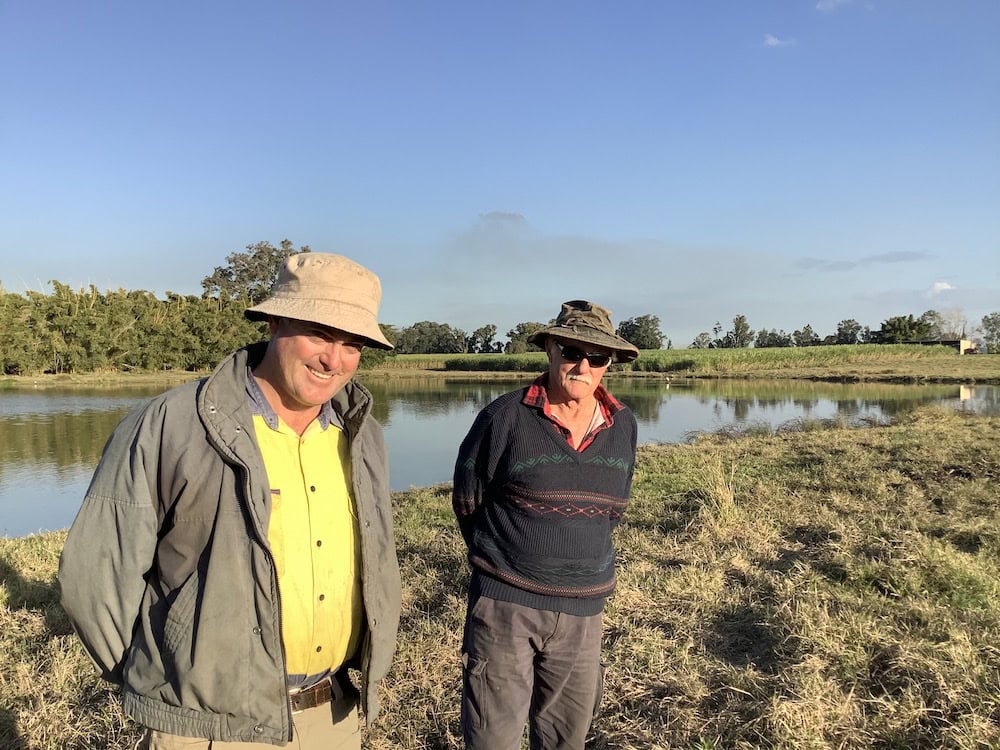
�The call for increased harvestable rights is driven solely by economic considerations,� said John Edwards from the Clarence Environment Centre. �The fact that governments have turned water into a tradable commodity is extremely regrettable and has already turned that resource into an investment opportunity for those who can afford it.�
Water Minister Melinda Pavey said the NSW Government is currently reviewing submissions to help guide the final reforms to Coastal Harvestable Rights.
�The NSW Nationals have been a strong advocate of changes to the coastal harvestable rights framework. Climate modelling currently supports the need for farmers to adapt to climate change with deeper, more secure storages.�
Water Minister Melinda Pavey.
Need for more ground truthing
Northern Rivers farmer David Clift is well versed on the topic of coastal water management. For more than three decades, the cattle and sugarcane farmer has represented the Richmond River Water User Group on countless reviews of coastal water plans.
David supports the NSW Farmers bid for up to 40 per cent coastal harvestable rights and agrees that it needs to be flexible, depending on the location of the water catchment.
�There have been a few false starts to a review of harvestable rights on the coast,� he says. �While the modelling used for the review lacked a lot of ground truthing, at least we are getting a real opportunity to have input. The coastal river systems are very short compared to inland systems.
�One concept I have proposed is to have a lower harvestable right at the upper catchment grading up to a higher one on the lower catchment, thereby negating a lot of concerns in relation to downstream effects,� David says.�
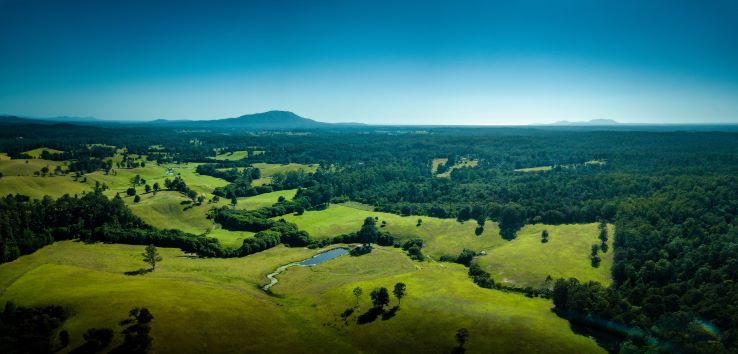
His family farm at North Codrington includes a 152ML capacity farm dam constructed prior to 2000, meaning they can store six times their current MHRDC.
�This dam starts by-washing out when we get 100mm of rain and our average annual rainfall is 1350mm. So, if there is an increase in harvestable rights, we are really only talking about small amounts of water being retained in farm dams.�
David says farm dams also provide significant environmental benefits.
�Farm dams can and do complement habitat areas, not only providing corridors but also breeding grounds. Our own farm dam is listed as a major site for local bird watchers, and we encourage them to visit.
�The North Coast Regional Water Strategy actually emphasises a de-watering of the North Coast catchments over a long time and the environmental impact that has had. Local agricultural industries have recognised this have been actively encouraging producers to slow down run off rates, but a 10 per cent harvestable right can restrict this process.
�Farm dams are also a highly important water source for the Rural Fire Service, as experienced in the recent catastrophic bushfires.�
More information about water licensing, compliance and the harvestable rights calculator are available at WaterNSW.
If you enjoyed this feature, you might like our one about how carbon credits built a couple’s stock yards.




